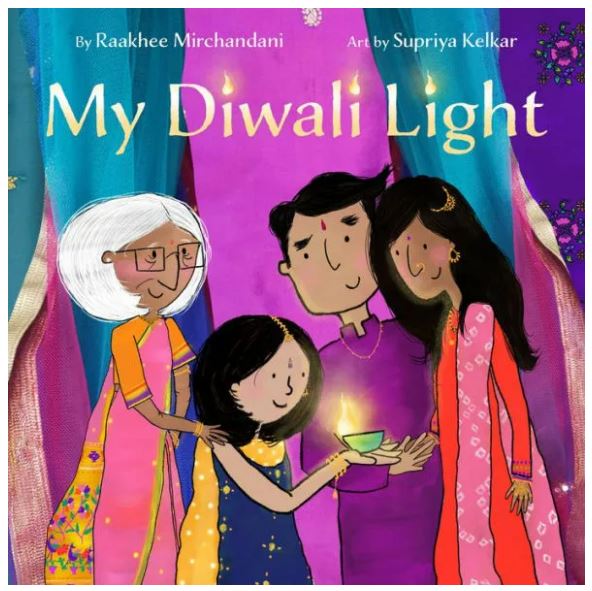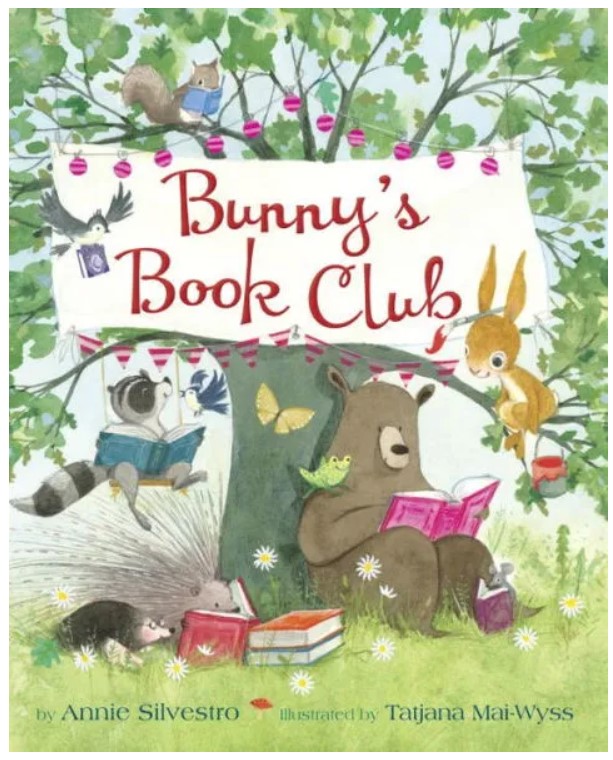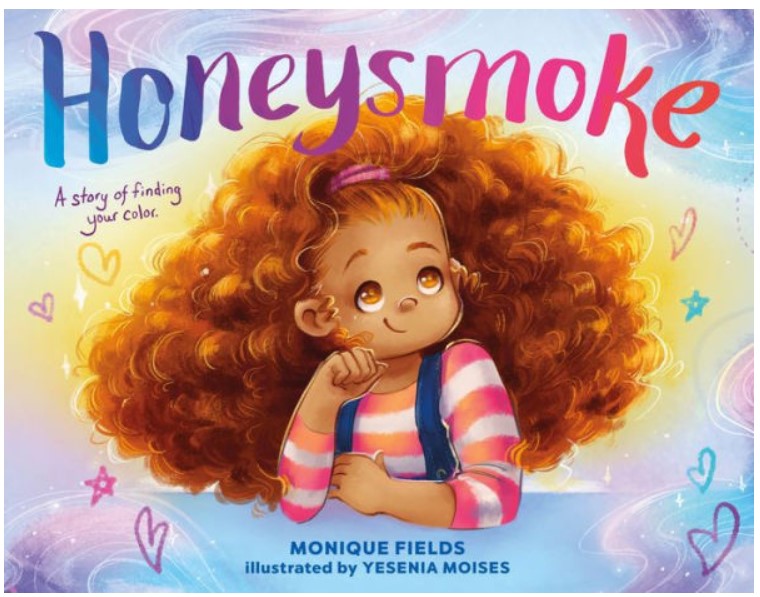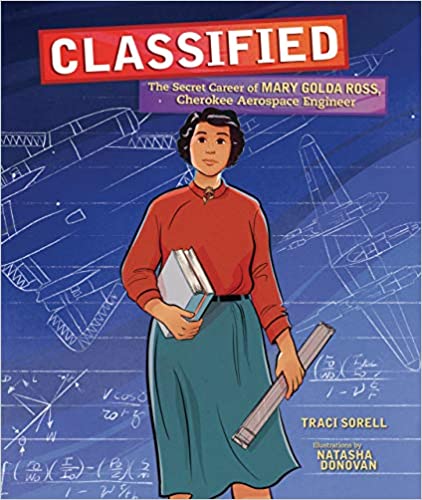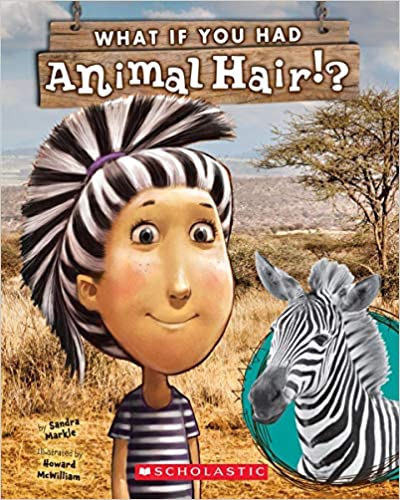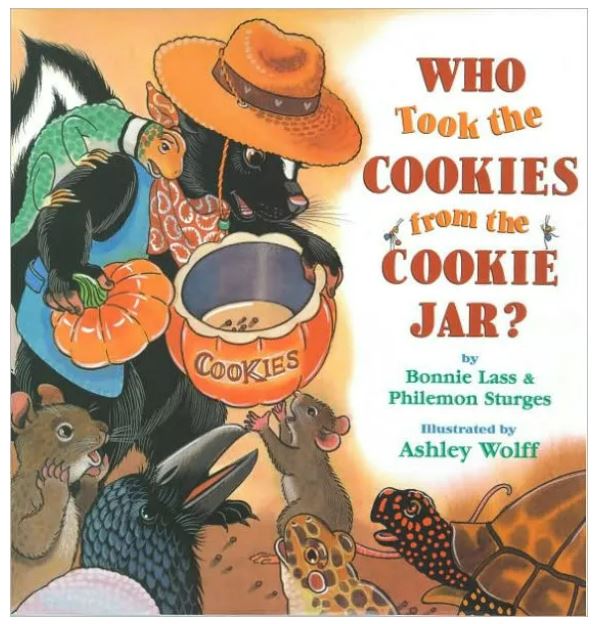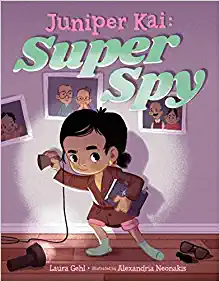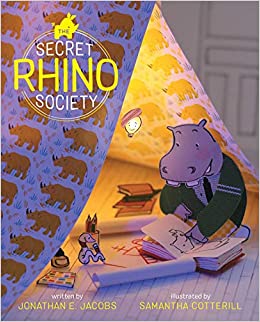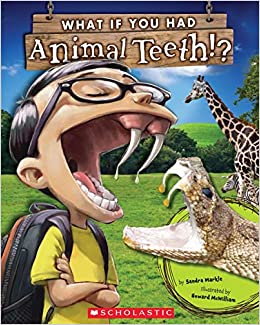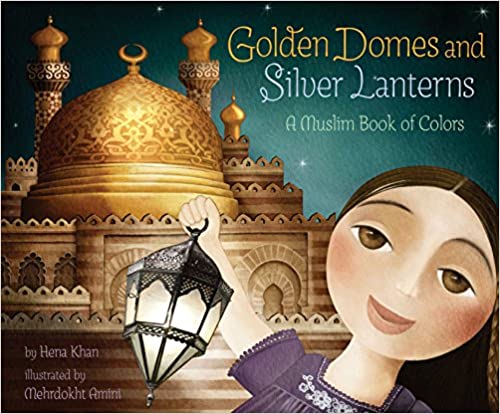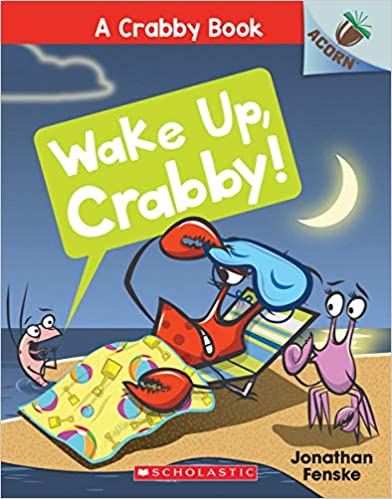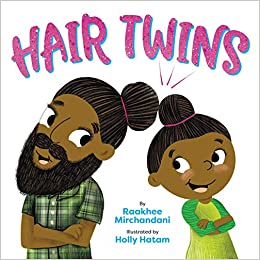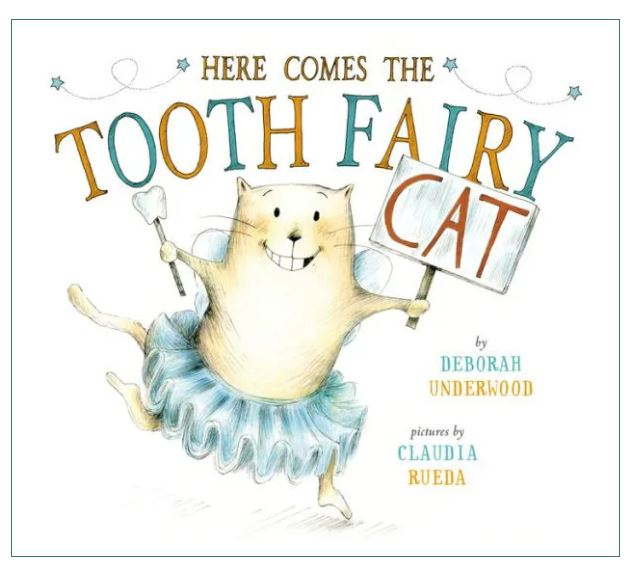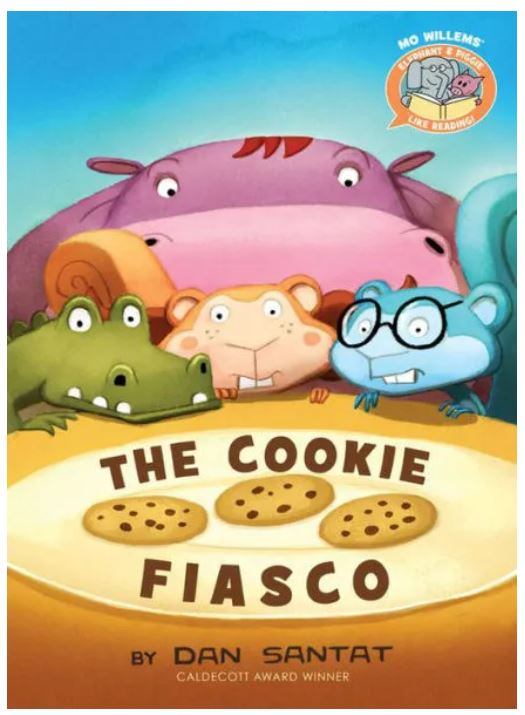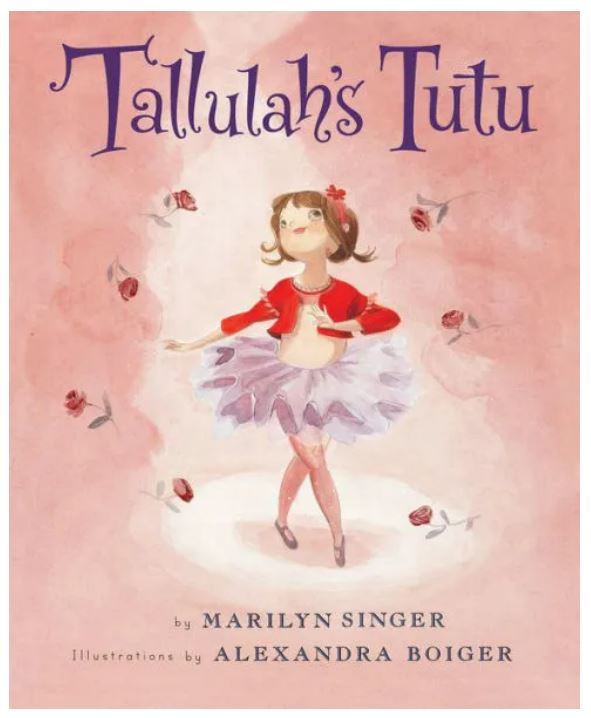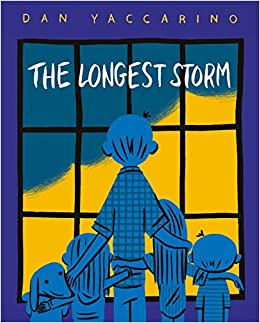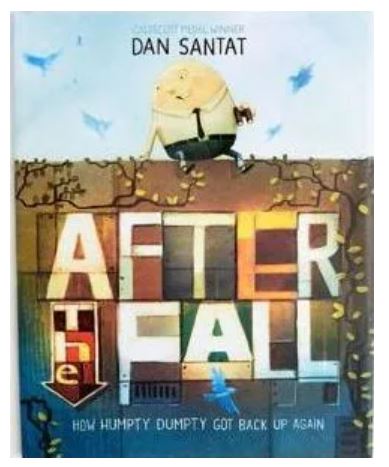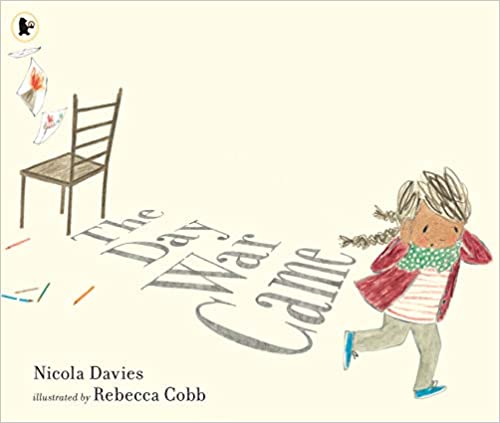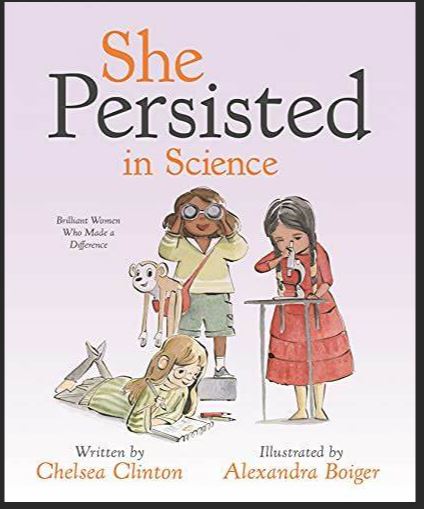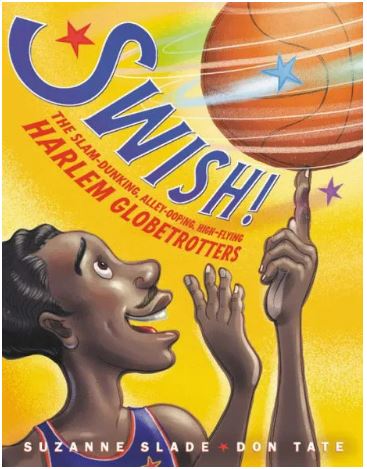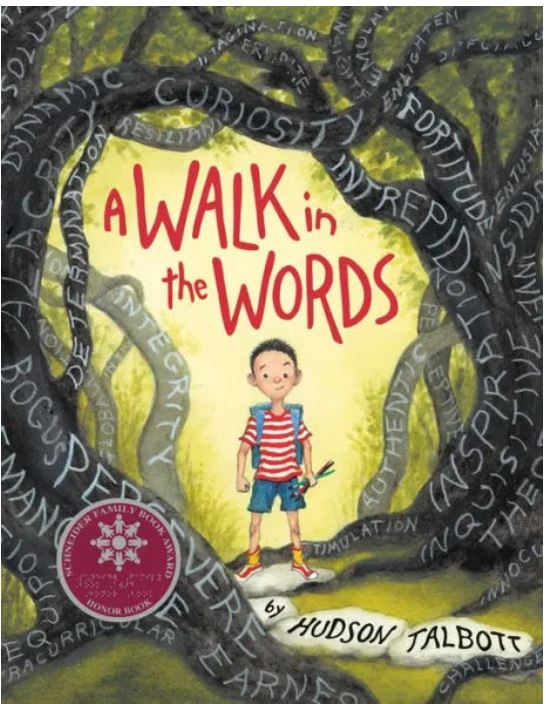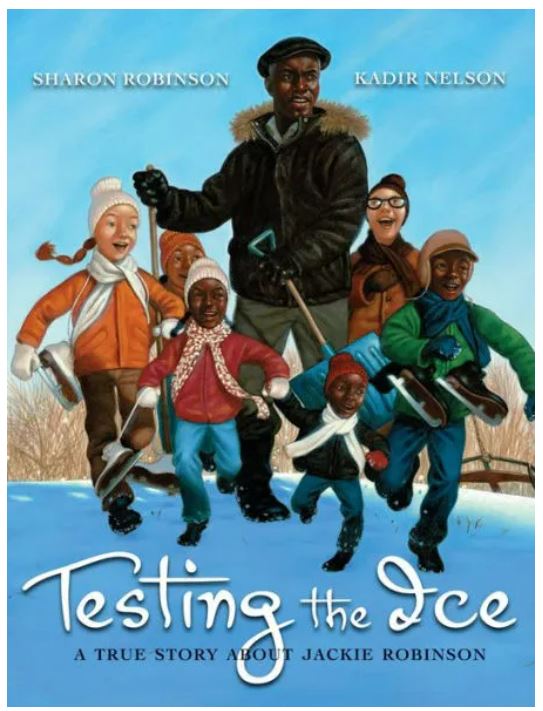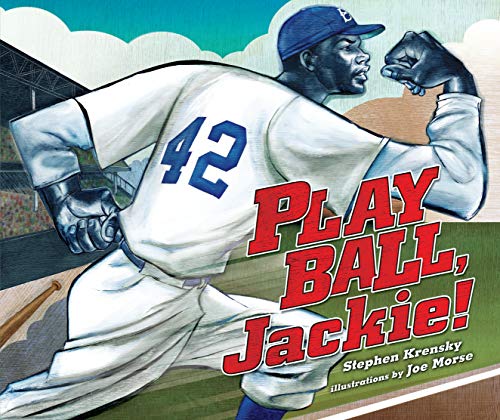Devi loves the Diwali season. It’s a time to wear her favorite red dindi and eat samosas until she bursts! Make mithai and design rangoli with her papa. And paint diyas with her nani—a reminder to shine her light brightly all year long.
The story, with vibrant collage illustrations, follows one girl’s Diwali traditions as her family celebrates their favorite holiday with the ones they love. The illustrations are full of interesting details that feature Devi’s clothing, her family, and her neighborhood. The pictures’ brilliant, bright colors give the book a joyous, festive tone. Each page has one to five sentences. However, both the complex sentence structure and the frequent use of Hindi words will require the book to be read aloud to a child, rather than for the child to read it for the first time independently. Since the book doesn’t contain a glossary, My Diwali Light will not help children from other cultures to understand the customs associated with Diwali.
Devi’s activities show a strong sense of family and the importance of learning from your elders. For example, “Nani says when we clean our home, we remember to keep our hearts clean, too.” During the holiday preparations, Devi’s family strings marigolds and twinkling lights and also paints diyas. While they are preparing for the holiday, Nani says “the flame is a reminder for all of us to shine our lights brightly, to be kind, helpful, and loving.”
While readers unfamiliar with the holiday may have difficulty understanding some of the book’s language, the general concept of allowing your kindness to shine will be understood by all readers. My Diwali Light revolves around Devi’s family, who show kindness to each other as well as others.
While all of Devi’s family celebrates the season, they all celebrate differently, which allows readers to understand that the holiday is about sharing the Diwali light and sparkle.
Sexual Content
- None
Violence
- None
Drugs and Alcohol
- None
Language
- None
Supernatural
- None
Spiritual Content
- As part of the holiday tradition, Devi’s Papa gets the thali ready and Devi “sprinkle[s] the rice and the water and help[s] shower the statures in the mandir with milk, yogurt, honey, ghee, and sugar. We offer flowers and mithai. I shake the coins. Mama sings the aarti, and I ring my bell loudly.”
- Devi’s family prays “our own prayers, quietly whispering words of hope from deep in our hearts.” The family prays for health, happiness, peace, and that “we are always together on Diwali.”
